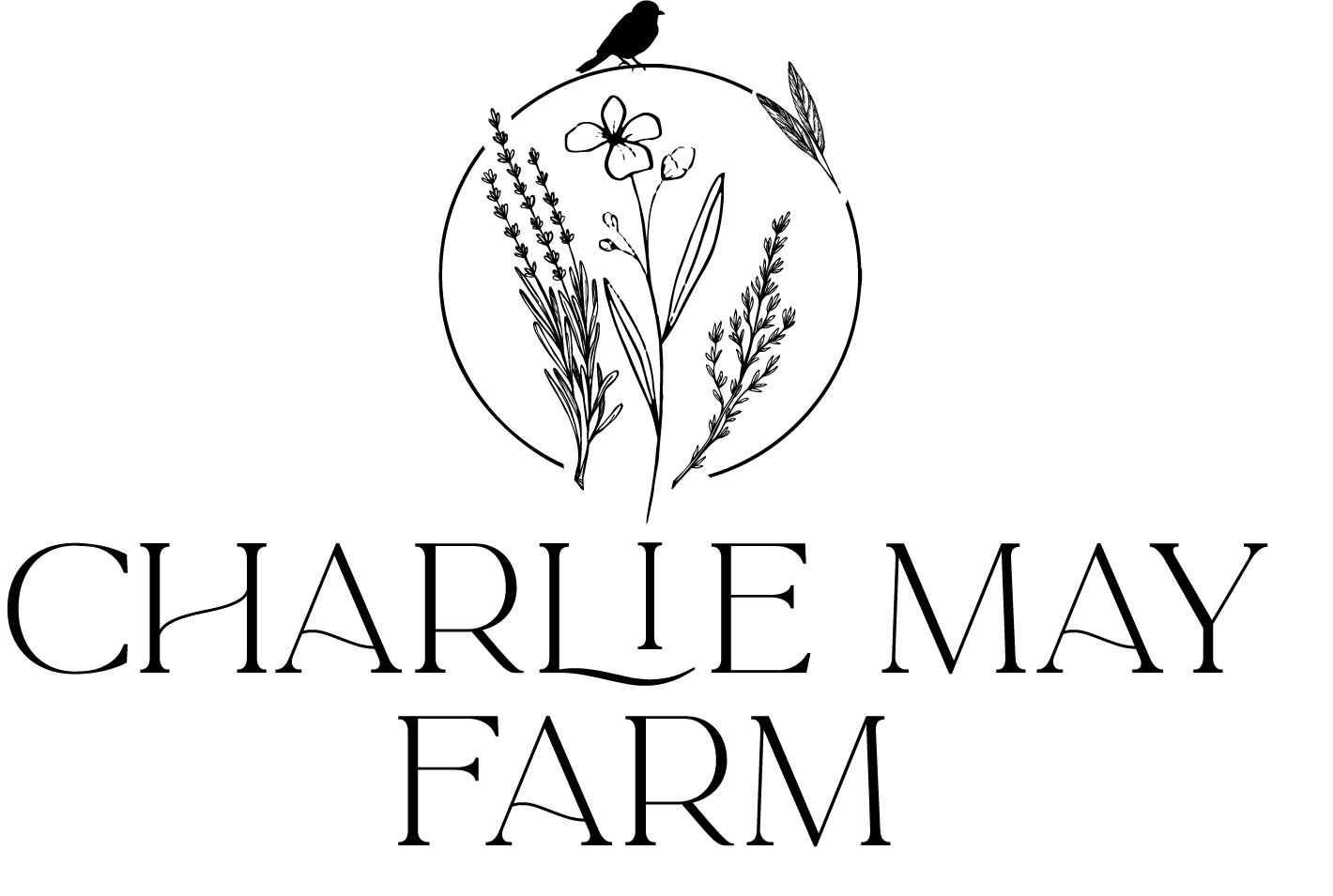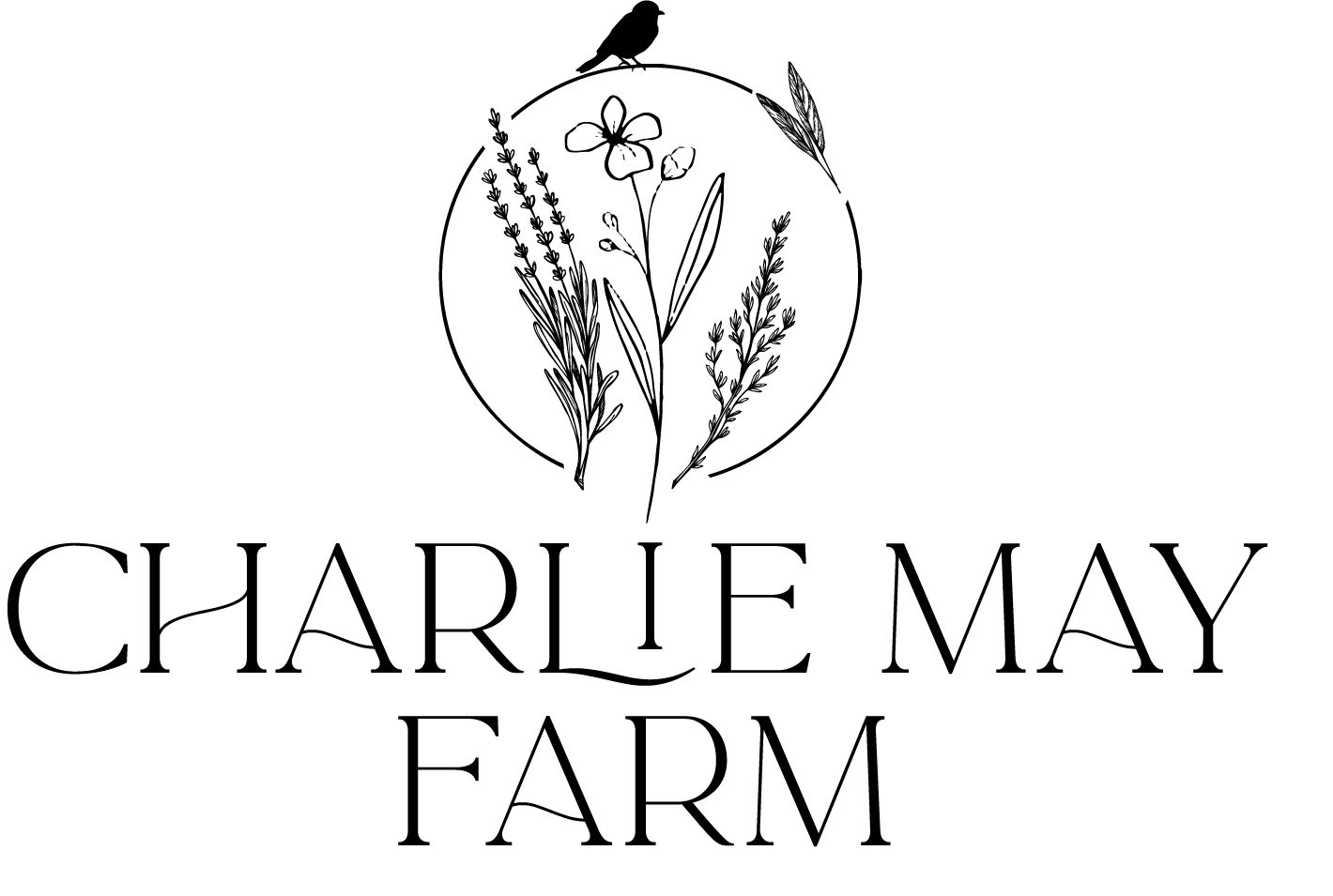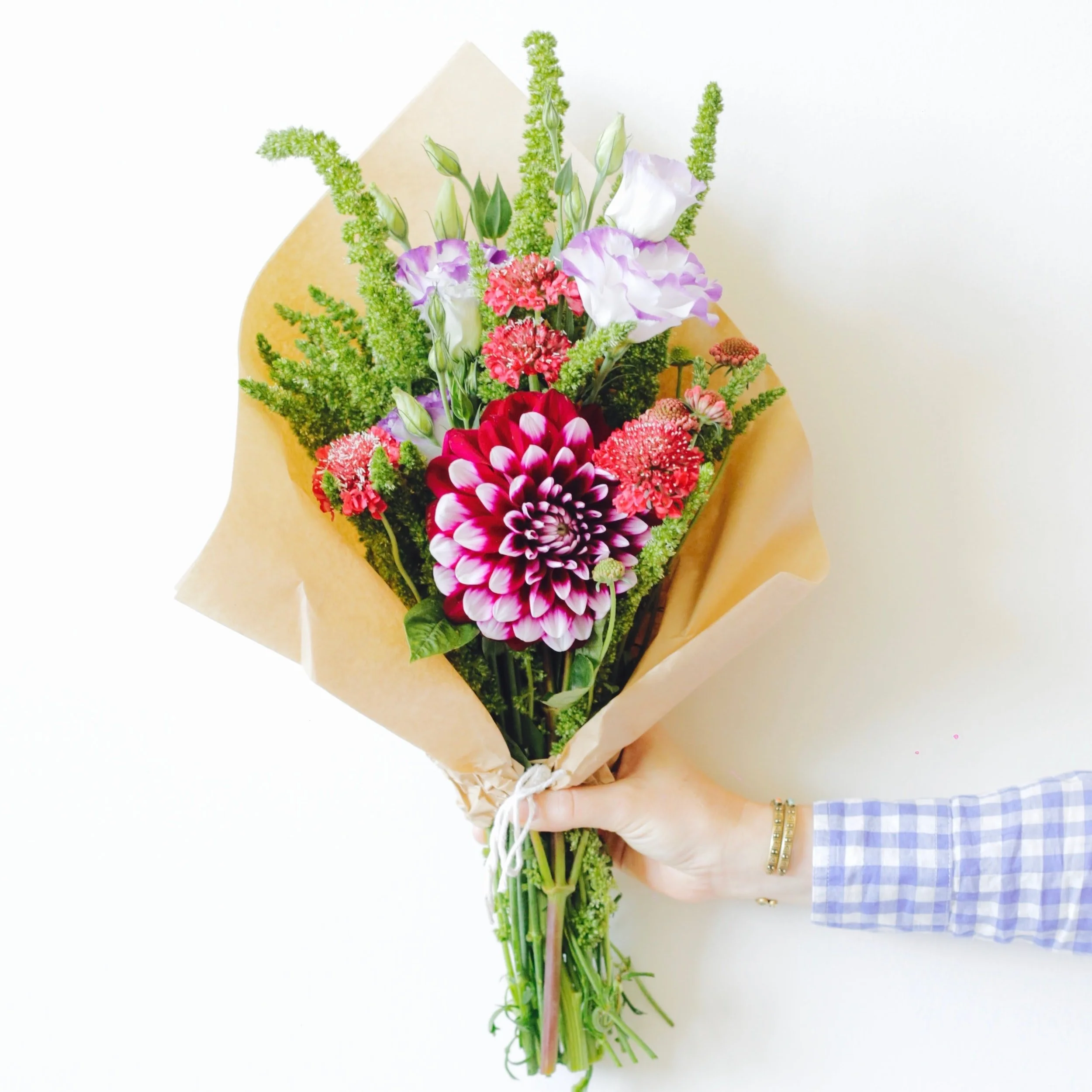Let’s Make a Bouquet
With our Bucket of Blooms becoming more and more popular I felt that I needed to focus a bit on how to DIY your own bouquets and arrangements and give you some tips and tricks so that if you are on the fence about trying to make a bouquet yourself this may give you the extra nudge you needed to try it out. Anyone can do this! Believe me, I have no florist background, just a whole lot of flowers in the garden and the willingness to learn and create with colours and textures. To help me with this process I like to follow a recipe to help me keep in mind the different types of flowers to and have on hand in order to create beautiful bouquets every time.
Check out the you tube video below to see how to make a bouquet!
Fundamental Flower Ingredients
When you look at all the flowers and foliage out there it can be overwhelming to decide what to choose. By categorizing the flowers it helps to understand what you can add to make a beautiful bouquet with amazing details. I categorize them into 5 types.
1) Focal Flowers
These flowers would be the starts of the show which would be the feature flower. These are usually a single mass with a rounded head like dahlias, peonies, large zinnias, ranunculus, tulips or can have a large unusual star shape such as amarylis, lily, or sunflower.
A Beautiful Peony
Peonies are beautiful focal flowers that have a single mass with a rounded head.
2) Supporting Flowers
The supporting flowers are often the smaller blooms that accent and help to show off the feature flowers. I usually use a few different supporting flowers in one bouquet. These flowers would include Cosmos, Black Eyed Susans, smaller zinnias, strawflowers, gomphrena, marigolds, pincushions.
The Cosmo
This flower would make a great supporting flower to the bouquet. It’s smaller than the larger bloom and the single petals make it very light and airy.
Feverfew
Feverfew grow in a mass of smaller flowers which make it a great accent flower.
3) Linear Flowers
Linear flowers have a spike like or linear form which help to give a bouquet some length and interesting shape to the bouquet.
These include flowers like snapdragons, amaranthus, foxglove, beebalm and bells of ireland.
Snapdragon
The snapdragon is my favorite linear flower. They smell amazing too.
FYI:
Snapdragons will aways want to grow straight up so if you place this flower on the outside of a bouquet you will see that it will bend up over a few hours, so keep that in mind when arranging.
4) Foliage/Fillers
Every bouquet needs foliage and fillers which would also be known as the greenery of the bouquet. Adding some interesting foliage really fills in the bouquet to create weight and grounds the bouquet. Examples of foliage that I like to grow is basil, herbs, raspberry leaves, hibiscus, tree branches, apple of peru, yarrow, and perrenial shrubs like ninebark.
Basil
Basil is the most fragrant foliage hands down. I love to use cinnamon basil which smells amazing and has a purple hue and also lemon basil which has citrusy green leaves.
5) Airy Accents
Airy Accents are flowers that have small clusters of flowers and are usually very branchy. I usually add these flowers at the end when the bouquet is built and just sneak them in so they are scattered about evenly. Think of these flowers like the lace on a dress or fire works going off. They add this special dimension and sparkle to the bouquet.
Flowers in this category include bunny tails, queen anne’s lace, orlaya, ammi, and bouquet dill.
Ammi
Ammi is a perfect example of an airy accent with it’s lace pattern
That’s all the floral categories I like to use to group my flowers into. When building a bouquet I usually have all these elements included. But it’s not the rule. You may want a bouquet with only linear flowers, or no linear flowers at all. Knowing the categories allows you to organize your thoughts so you have some direction on where to start.
Important Considerations
1) Colour
When you order a bucket of blooms you can request a colour combination yourself or let us surprise you. With our bucket of bloom subscriptions for the summer we do this step for you. So when I’m thinking about colour I like to look at the colour wheel. Yep it’s super helpful to come up with combinations you haven’t thought of. You may also want to consider what tones your bouquet will have, cool tones like blues with purplish red or warmer tones like an orange/red with yellow. Monochromatic flowers are beautiful as well which include different shades of one colour accented with maybe some white.
2) Shape
Are you wanting a very long linear arrangement or a rounder shorter one for a wedding bouquet for example.
3) Size
The size of bouquet will determine how many stems you will need. I love using mason jars and making small arrangements so a bucket would make numerous ones for multiple tables at an event, in this case, shorter stems and smaller flowers would be great and you would need approximately 10-13 stems per arrangement. Market bouquet would include mid lenth stems and include around 12-18 stems. Or is it a large centerpiece which would include long stems with large focal flowers and include 35-40 stems.
This simple market bouquet that includes focal flower (dahlia), accent flowers (lisianthus, and pincushions) and some greenery which plays the role of the linear flower as well.
Tips and Tricks
start by making sure all the stems have any foliage removed from the lower half and line up the flowers along a table.
if you are right handed. Hold the bouquet in the left hand and pick up flowers in your right hand. Vice versa if you are left handed.
to create a spiral add flowers at a 25 degree angle around the bouquet, turning the bouquet slightly around as you add the blooms. This is known as the European hand tied method.
if you hold the the stems higher up your bouquet will be tight and if you hold the stems lower down the bouwquet will be loose
don’t grip too tight or your stems will get damaged.
And thats about it. I hope you try it out yourself one day soon. We have bucket of bloom subscriptions available in the summer. This would be such a great way to create your own designs and show off a little. We also have buckets of blooms available to order as a one time deal for yourself or for a group of people. Think Girls Night In or maybe you want to make your own arrangements for an event. We got you covered!
If you would like to see me in action go to my you tube channel below to check out how I build a large bouquet.








